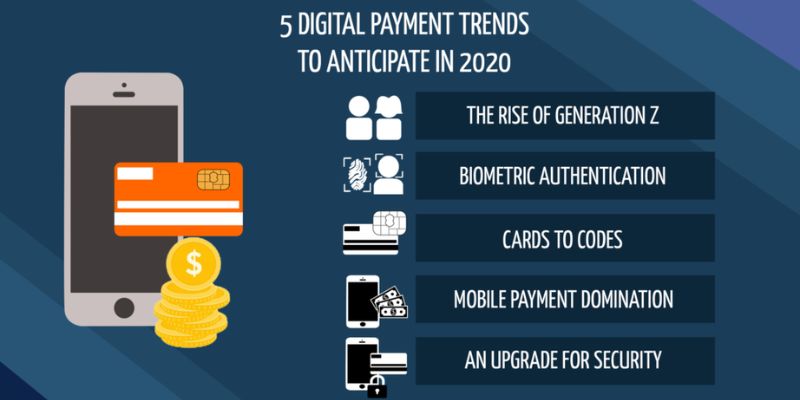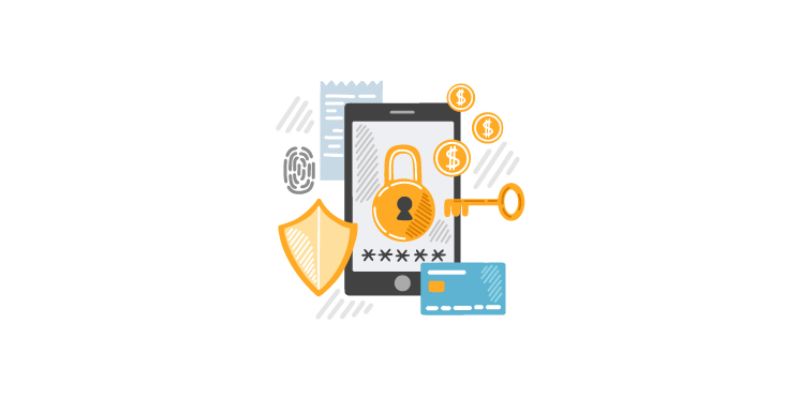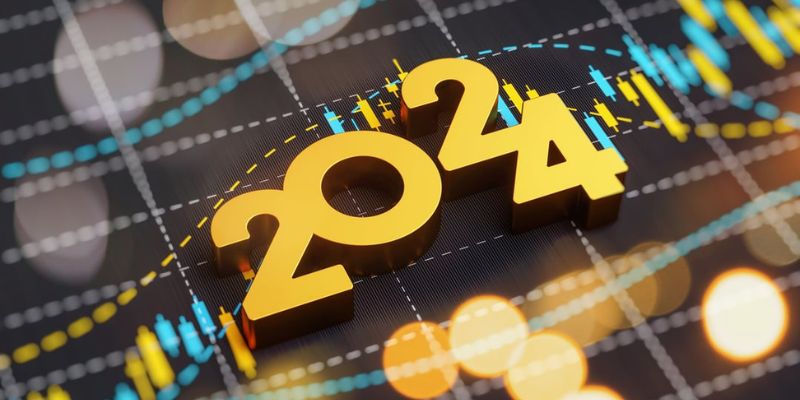Trends in digital payment security are changing how we protect our online buys. Modern tech like biometric checks and blockchain are stepping up the game. Imagine buying your morning coffee with just a thumbprint, or knowing your online shopping is backed by the same tech that guards crypto. It’s real, and it’s happening now. Let’s dive in, so you can shop and pay with peace of mind.
Emerging Innovations in Digital Payment Security
The Rise of Biometric Verification Systems
We all want to keep our money safe. That’s why biometric verification for payments is a big deal. Think about how your phone unlocks with your face or fingerprint. It’s pretty cool, right? Now, that same tech is guarding your online buys. No more worries about someone guessing your password. Your unique features do the job. This is huge for keeping your cash secure.
Biometric verification for payments stops bad guys in their tracks. Only you can unlock that payment with your eyes, finger, or voice. It’s like having a superpower that protects your wallet. New phones, tablets, and even some credit cards come with this tech. Each day, more stores and banks say yes to biometrics. It’s a win for safety and super simple to use.
Integration of Blockchain for Enhanced Transaction Safety
Now, let’s chat about blockchain technology in payment security. Blockchain is like a digital ledger that’s super hard to mess with. Every time you pay for something, it adds a new block. This block is locked tight with strong math. But it’s not just one block. It’s a whole chain where every part checks the others. Think of it as a neighborhood watch for your transactions. Everyone keeps an eye out, so it’s tough for thieves to pull a fast one.
Blockchain doesn’t just lock down your data. It splits it up too. This means if a hacker gets a piece, they’re still missing the puzzle. Want to see this in action? Cryptocurrencies like Bitcoin run on blockchain. So do some apps that let you send cash to friends. Big-name companies are catching on too. They’re using blockchain to make sure you and your money stay safe.
Both biometrics and blockchain are shaking things up for digital payment protection. They’re like the superheroes of online buying. They work hard behind the scenes. This makes sure that shopping from your couch or sending money with a tap is safe. And the best part? You get peace of mind knowing that the smartest tech out there has your back.

Enhancing Customer Trust Through Regulatory Compliance
Navigating PSD2 and SCA in Digital Payments
To keep your money safe online, laws and rules are key. The EU made a rule called PSD2. It makes banks open up more. This gives you safer and more options for online banking and paying. But there’s more. This rule also asks for SCA. Simply put, it wants you to prove it’s really you when you pay. This might mean using a password and a code your phone gets. It’s how they ensure a safer online shopping adventure for you.
SCA means better security steps for every buy you make. Picture this. When buying a toy online, you type your password. Then, your phone dings. You check it and see a message with a code. You type that in too. That’s SCA at work. This double-check helps to stop sneaky fraudsters. Without it, buying online would be like leaving your car unlocked. Anyone could take it for a spin. No one wants that, right?
Staying Ahead with PCI DSS and Compliance Updates
Now let’s chat about keeping card info safe. There’s another big set of rules called PCI DSS. It’s a list made by card companies like Visa and MasterCard. They say you have to protect card details in a certain way. Think of it like your friend’s secret, something you never tell others. If you run a shop or sell things online, you must follow PCI DSS. It’s a must, like stopping at a red light.
Every year, these rules change a little. It’s like updating your game to have the newest cool stuff. But for security, not just fun. Staying up to date means making sure your shop can fight off new hacker tricks. Old rules won’t work on new thieves. It’s like using a water gun to put out a big fire. You need the real deal—updated tools that do the job right.
So, think of these rules as your online bodyguards. They are there to keep the bad guys away from your cash and card numbers. Just like in cool spy movies, but for real. With them, buying and selling online feels like your stuff’s locked up tight. It’s a no-brainer. Follow these rules, and everyone sleeps better at night!

Tackling Fraud with Advanced Technologies
Leveraging Artificial Intelligence for Real-Time Fraud Detection
Keeping your e-cash safe is a big deal. You want to shop and pay bills without stress, right? That’s where smart computers come in – we call it artificial intelligence (AI). AI works non-stop to catch thieves who try to steal your money online. How does it do that? It looks for weird actions that could mean fraud. Say, if someone buys ten TVs at once at 3 AM, AI raises a red flag.
AI uses what it learns to get better over time. It tracks patterns that show up when bad guys try to hack. This means it can often spot trouble swift and alert you. The cool part is, as it learns, AI gets faster and smarter. That’s a win for protecting your money.
You might wonder, “How does AI help against fraud in real-time?” It’s like a watchdog that never sleeps. When you use your card or click “pay” online, AI checks the transaction in a flash. If something’s off, it stops the bad stuff before it’s too late. And because it’s all behind the scenes, you can keep on with your day.
As we trust AI more and more, we’ll see it team up with other defenses. Think multi-factor checks and token systems. They all work together like a security team for your wallet.
The Impact of Quantum Computing on Payment Encryption
Now, let’s chat about quantum computing – it’s a game-changer for keeping your cash safe. Think of quantum computing like a superhero for your data. It’s much, much faster than our regular computers. So, in the future, it could crack codes that today’s hackers can’t touch.
But wait – if it’s so strong, could bad guys use it too? That’s a smart question. The truth is, they could, which is why security folks are working hard now to make new shields strong enough to block them. These new shields will be ready when quantum computers become common. They will keep payment data safe by using complex keys that even quantum computers find hard to unlock.
Quantum computing might sound like stuff from sci-fi, but it’s real, and it is coming. When it does, it will help us build walls that are way, way taller and tougher around our digital treasure chests. Ready to keep thieves out, both today and tomorrow.
Remember, we all play a part in keeping our cash safe. So while AI and quantum tools build high walls, let’s not forget to lock our doors with strong passwords and be smart online. With all these cool techs, we can help stay many steps ahead of the crooks.

The Future of Secure Transactions
The Evolution of Secure Remote Payment Methods
We live in a time where buying and selling has never been so easy yet risky. When it comes to paying online, we all want to be safe. Keeping your money secure is a must. That’s where online transaction safeguards have grown. They are now smarter and work harder to stop bad guys in their tracks. Let’s peek at how they have evolved.
Years back, a simple password did the trick. Now, we see biometric verification for payments. This means using things like your fingerprint to approve a buy. It’s personal and hard to fake. This is our frontline defense in digital payment protection updates.
Then there’s multi-factor authentication. It’s like a one-two punch to keep your account locked tight. When you log in, you’ll need more than just a password. You might get a code on your phone or need to answer a secret question. This duo of proofs makes digital wallets much safer places for your money.
Using brainy tech like blockchain technology in payment security, we make it even tougher for thieves. Blockchain keeps a super detailed record of every deal that’s hard to mess with. Each block holds tight to the next, so changing just one is a huge task.
Predicting Trends in Mobile Payment Security and NFC Technology
Now, let’s look ahead. Mobile phones are like wallets but are they safe? Big changes are coming in securing mobile payments. Near Field Communication (NFC) lets us tap and pay in a blink. But can we trust it?
First up, with NFC-enabled device security, expect better chips and smarter ways to keep your info safe. Each tap could come with a unique code, so even if someone grabs the code, it won’t work ever again. Talk about a safe future for your shopping!
We also have tech getting sharper at spotting bad moves. That’s right, our friend AI jumps into action for artificial intelligence in fraud detection. It can think like us, learn our habits, and yell “Stop!” when something seems funny. Say you buy socks mostly, but suddenly, you’re splurging on diamond rings. AI will catch that quick and check with you.
But, it’s not just about keeping your money safe. Cybersafety measures for e-commerce mean your shopping spree is less of a wild west. Strong Customer Authentication (SCA) is a must now. You’ll need to prove you’re you more often when spending online. Your bank might ask for something you have, something you know, or something you are – like that handy fingerprint.
All this means that our cash is cosy in cyberspace. But it’s not chill time yet. With each new gadget, hackers get busy, too. We’ve got to stay ahead. We keep pushing encryption standards in online payments. Making codes that turn your card number into a big secret message ensures that sneaks can’t snatch it.
Our work never stops. We can’t sit back. The future of payment security is exciting and endless. As long as there are banks and buyers, we’ll keep building bigger, better walls to shield every cent online. With every tap, click, or swipe, we’re on guard keeping your digital dollars safe from harm.
In this post, we dove into the latest in digital payment security. We explored how biometric systems and blockchain are reshaping safe transactions. We discussed key regulations like PSD2 and PCI DSS, vital for earning customer trust. I also touched on AI and quantum computing as cutting-edge tools against fraud.
Looking ahead, secure payment technologies will keep advancing. The methods we use to pay remotely and trends in mobile security are bound to evolve. Keep an eye on these changes—they’re not just exciting, they’re crucial for safe financial exchanges in the digital age. Stay safe and stay informed!
Q&A :
What are the latest trends in enhancing digital payment security?
With the rise of online transactions, security measures are constantly evolving. One notable trend is the adoption of biometric authentication methods like fingerprint recognition and facial scans to verify user identities, adding an extra layer of security. Another growing trend is the use of encryption technology, such as tokenization and point-to-point encryption (P2PE), which protect transaction data. Moreover, the inclusion of AI and machine learning for fraud detection and real-time security analytics is becoming more prevalent, enabling proactive threat identification and response.
How are mobile wallets adapting to improve digital payment security?
Mobile wallets are at the forefront of secure digital payments. To bolster security, many are now incorporating near-field communication (NFC) technology which only transmits data over very short distances and effectively prevents data skimming. Additionally, mobile wallets are implementing multi-factor authentication (MFA) and constantly updating their software to guard against new vulnerabilities. Providers are also partnering with financial institutions to create more secure tokenization processes, so that sensitive information like card numbers are never directly exposed.
What role does blockchain play in digital payment security?
Blockchain technology plays an increasingly significant role in ensuring the integrity and security of digital payments. Due to its decentralized nature, blockchain reduces the risk of a single point of failure, while its cryptographic protocols make transactions tamper-evident and secure. Smart contracts on the blockchain can automate transactions and enforce them only when certain conditions are met, further securing the payment process. Additionally, blockchain’s transparency allows for better monitoring and tracing of transactions, which can assist in fraud prevention.
Are regulations affecting digital payment security trends?
Absolutely. Regulations such as the Payment Card Industry Data Security Standard (PCI DSS) and the General Data Protection Regulation (GDPR) have a profound impact on the trends in digital payment security. Compliance with these regulations mandates companies to adopt stringent data protection measures such as encryption, access controls, and regular security assessments. This compliance is driving businesses to invest more in innovative security technologies and in developing secure infrastructures that can protect consumer data and reduce the incidence of breaches.
What impact does AI have on the future of digital payment security?
Artificial Intelligence (AI) is poised to revolutionize digital payment security by enabling more advanced monitoring and analysis capabilities. Through the use of AI, systems can learn to detect patterns indicative of fraudulent activity and initiate real-time responses to threats. AI can also be leveraged to enhance biometric authentication processes, making it more difficult for unauthorized users to gain access. Looking to the future, AI’s predictive capabilities will become critical in identifying and preventing security incidents before they occur, greatly increasing the overall resilience of digital payment systems against cyber threats.

